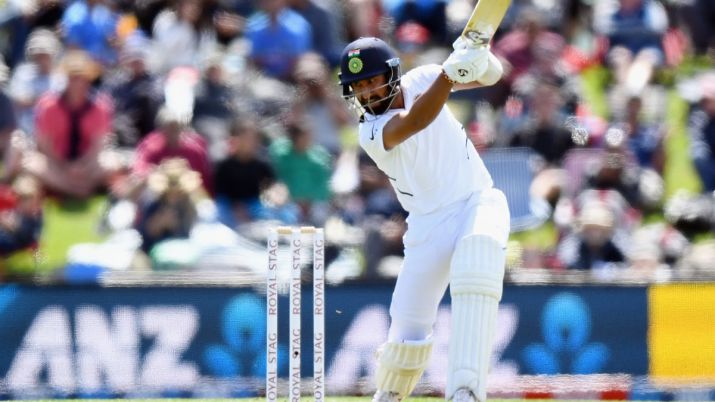India got completely routed by New Zealand in the Test Series due to the complete batting failure and lack of application

The Indian batting system was a complete failure in the New Zealand Test series. In three out of four innings the much-glorified Indian batting unit failed to summon a total of 200. Regardless of the conditions and the result of the toss any Test line-up should be capable of posting a score above 250. After all, this is supposed to be the most formidable batting line-up in world cricket.
But after two humiliating defeats against a team ranked fourth in the world one has to ask if such a high reputation is a myth?
Mayank Agarwal was on his first full away series and ended the tour as the leading run-scorer with 102 runs, and that number itself highlights the deficiencies in the batting. Prithvi Shaw is still raw and perhaps the only positive element was the youngster’s half-century in the first innings in Christchurch. But given the way the Mumbai batsman handled the short ball, opposition bowlers will be queuing to give him some chin music going forward.
But what about the much-hyped middle order – the backbone of the Indian batting? Virat Kohli, Cheteshwar Pujara and Ajinkya Rahane have all played more than 60 Tests, but have rarely collectively shone during one series. All three of them had a woeful series.
Let’s start with Kohli. He is the best batsman in the line-up and India thrives on him to lay the foundation. The Indian captain seemed to have a problem with his footwork, it seemed clear there was a problem with his technique.
At the post-match press conference, Kohli was asked about how he handles batting failures to which he stated “I would much rather be in the middle and try to correct those things rather than having too much time in between and waiting for a game to arrive so that you can figure out whether you have corrected it or not
Failures are part and parcel of the game, but when a batsman has four failures in a row it is an alarm bell.The most mysterious case is Cheteshwar Pujara’s. The India No 3 tried two different approaches during the Test series. In the first innings in Christchurch, he crushed half volleys through covers at every opportunity and eventually perished attempting a pull shot. In the second innings in Wellington, he went into his shell scoring 11 of 81 balls before finally getting castled by Trent Boult. In the second innings in Christchurch, Pujara was once again himself, defending staunchly and putting a high price on his wicket.
Kohli and Ravi Shastri need to either accept Pujara’s methods or think of an alternative strategy. On the evidence of the New Zealand series taking Pujara out of his comfort zone has backfired on the team. Then there is Rahane. Number 5 is the link between the top order and less experienced lower order. Rahane is supposed to be the dependable man that keeps the batting afloat by ensuring there are no dramatic batting collapses. In New Zealand, he looked good in a couple of innings, but he continues to struggle to shift gears according to the situations. He is either extremely attacking or far too defensive. In the second innings at the Hagley Oval, he looked completely out of sorts against the short ball. After all, Rahane has the reputation as being one of the finest against the bouncer, but as we have learned on this tour reputations are myths. Importantly, Rahane has not scored a century in England, Australia, South Africa or New Zealand for four years. He is the vice-captain, but in a series where India needed a fighting half-century, he failed to deliver. Is he another player that is hanging on based on experience and reputation? At the end of the day, it is the runs that matter and Rahane would be disappointed with his outputs.
It then brings us to Rishab Pant. Before the second Test, Ravi Shastri had stated that the Delhi batsman was picked ahead of Wridhiman Saha due to his batting. In the two Tests, Pant scored 60 runs which included two soft dismissals. If Pant is not scoring runs and is not the man who will put a price on his wicket, then how does it fit in the team? Surely, he cannot be simply picked as a counter-attacking batsman at No 7 because he neither attacked nor looked secure in defence in either of the Test matches.
This article was originally published in FirstPost.com


